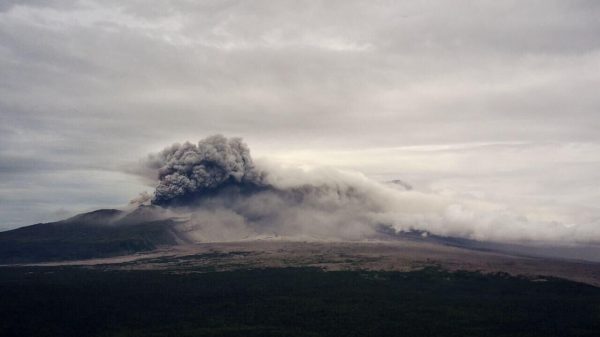Old Testament story confirmed by archaeological finds
Archaeologists are finding more and more evidence of the biblical story of how Moses led his people to the Promised Land 3,200 years ago. Scientists have uncovered the secrets of a biblical city located in the Promised Land, where the Israelites settled after Moses led them out of Egypt.

The Israel Antiquities Authority recently shared its findings at Zanoach, which is mentioned in the Old Testament, revealing stone walls, pottery and other artifacts dating back more than 3,200 years.
< p>The Bible says the Israelites reached the Promised Land, also known as Canaan, around 1406-1407 BC after wandering in the desert for 40 years, the Daily Mail reports.
The team also found a broken jug handle that had the name of a king described in the Bible written on it, further corroborating the biblical story of Moses. The story of the Exodus is told in the biblical books of Exodus, Leviticus, Numbers and Deuteronomy. It begins with the Israelites being enslaved in Egypt before the Pharaoh, subjected to 10 horrific plagues, agrees to free them and Moses leads them through the miraculously parted Red Sea. Once they reached the Sinai Peninsula, Scripture says they travelled to Mount Sinai where Moses received the 10 Commandments. The group then headed to the southern border of Canaan, but because they were too afraid to enter, God condemned them to decades of wandering in the desert.After spending several years in the oasis of Kadesh-Barnea, the Israelites then traveled to the eastern border of Canaan, where Moses died and was buried on Mount Nebo.
In the subsequent Book of Joshua, Joshua takes leadership of the Israelites, leading them into The Promised Land crosses the Jordan River and conquers Jericho — and Zanoah is mentioned in the Book of Joshua.
Joshua 15:34,56 describes the borders and cities within the tribal lands of the Jews as they entered the Promised Land, which includes Zanoach.
Researchers excavated the area in 2019 but published their findings in March, the Daily Mail notes.
The team discovered walls lined with rows of large white stones, which they believe were retaining walls for farm terraces , used to create level areas for planting plants and protect the soil on steeper slopes from erosion.
Preserved clay vessels were also recovered from the ground, on the handle of one of which a stamp was stamped with the inscription “from the king” «, which was done in honor of the reign of King Hezekiah in Judah in 701 BC.
Hezekiah's life is described in the biblical book of 2 Kings, chapters 18-20. Chronicle 2 states that the king reopened Solomon's temple, known as the «First Temple» and built on the site where God created Adam.
Hezekiah also broke the bronze statue of a snake that God had commanded Moses to make , as stated in Numbers 21:8-9: “Then the Lord said to Moses, “Make an image of a snake and set it on a pole.”
The landscape was littered with fragments of pottery, about 20 percent of which date from the time the Israelites are said to have arrived after 40 years of wandering in the desert, and the rest were made over the next 900 years, according to the Daily Mail.
A decorated fragment of a white limestone cosmetic bowl was found. «It has a wide rim decorated with a pattern of three concentric stripes separated by spaces: the outer and inner stripes are narrow and decorated with rope, while the central stripe is wide and has a broken mesh pattern,» the researchers said in their study.
Other finds included bowls and jugs, one of which had holes indicating it may have been used as a lantern, and metal objects were also found.
However, the researchers did not specify when they were made, saying only that they were bronze jewelry, such as a ring and a fragment of an earring.
Other evidence that ancient people once lived in the region include iron tools, nails of various sizes and bronze strips that were used to weld iron.
«Although it is likely that some of the finds were found in the ruins and were subsequently washed downhill over the years, the majority of finds, especially those from the early Byzantine period, date back to agricultural activities carried out on the hillsides,» the researchers said.
The scientists added that the large number of finds indicate the importance of the site «and highlight its potential significance.»

























































Свежие комментарии